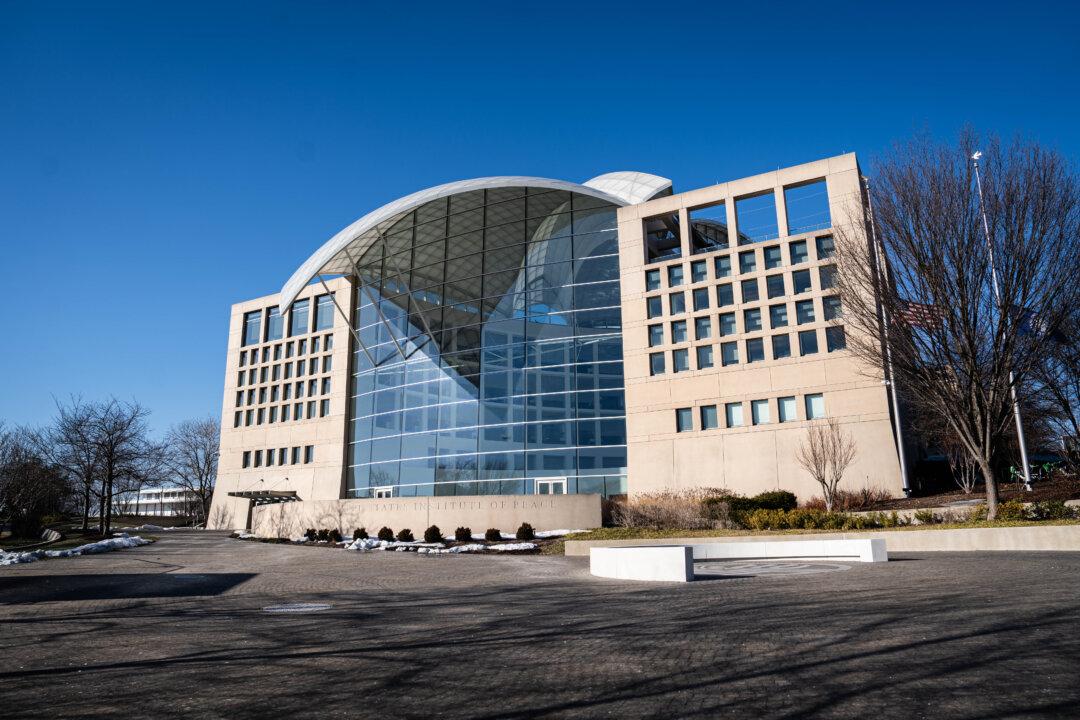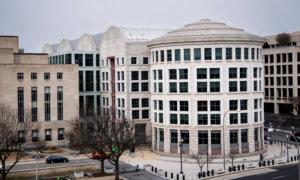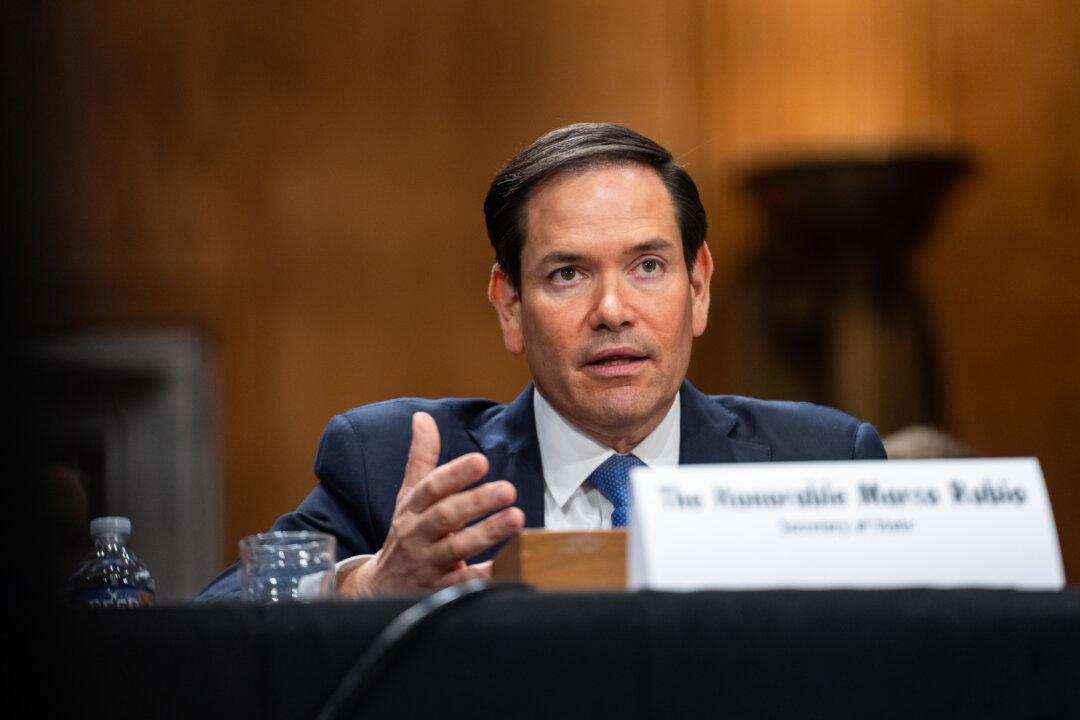A federal judge has rejected the Trump administration’s bid to pause her earlier ruling that restored control of the U.S. Institute of Peace (USIP) to its acting president and board, blocking further attempts by the administration to dismantle the organization and install new leadership.
“While USIP may be considered part of the federal government,” Howell wrote, “USIP does not exercise executive power and thus is not part of the Executive branch, so the President does not have absolute constitutional removal authority over USIP Board members but must comply with the statute in exercising his removal power.”
Government attorneys also argued that even if USIP occupies a unique status, its directors are still presidential appointees who can be removed at will under the president’s Article II powers.
Howell rejected that position, saying that USIP does not wield executive power and therefore falls outside the reach of the president’s unrestricted removal authority. In her May 19 ruling—which she upheld on Friday—Howell wrote that Congress had explicitly structured the institute to operate independently, with protections against unilateral executive interference. Howell described the administration’s conduct as a “gross usurpation of power” carried out “by acts of force and threat using local and federal law enforcement officers,” and said the attempt to dismantle the institute had “unnecessarily traumatized the committed leadership and employees of USIP, who deserved better.”
Howell also found that the government had failed to show it would suffer harm without a stay. By contrast, she wrote, continued disruption to USIP would make it “that much harder” for its restored leadership to undertake “the job of putting [USIP] back together by rehiring employees and stemming the dissipation of USIP’s goodwill and reputation for independence.”
USIP’s acting president reentered the institute’s headquarters on May 21, accompanied by the organization’s outside counsel, George Foote. The administration had requested an emergency two-business-day stay to allow time for appeal, and Howell denied that request as well.
On March 14, White House officials fired the Senate-confirmed board members via email. That same day, Moose was removed by the remaining ex officio members, including Secretary of State Marco Rubio and Defense Secretary Pete Hegseth, and replaced with Kenneth Jackson, an official from the U.S. Agency for International Development.
In a March 17 post on social media platform X, DOGE stated that Moose allegedly “denied lawful access [by] Kenneth Jackson, the Acting USIP President (as approved by the USIP Board),” to the building. Officers with the DC Metropolitan Police Department later “arrived onsite and escorted Mr. Jackson into the building,” according to DOGE.
The building was later transferred to the General Services Administration and leased to the Department of Labor.
The White House did not immediately respond to a request for comment on the court’s May 23 ruling.







